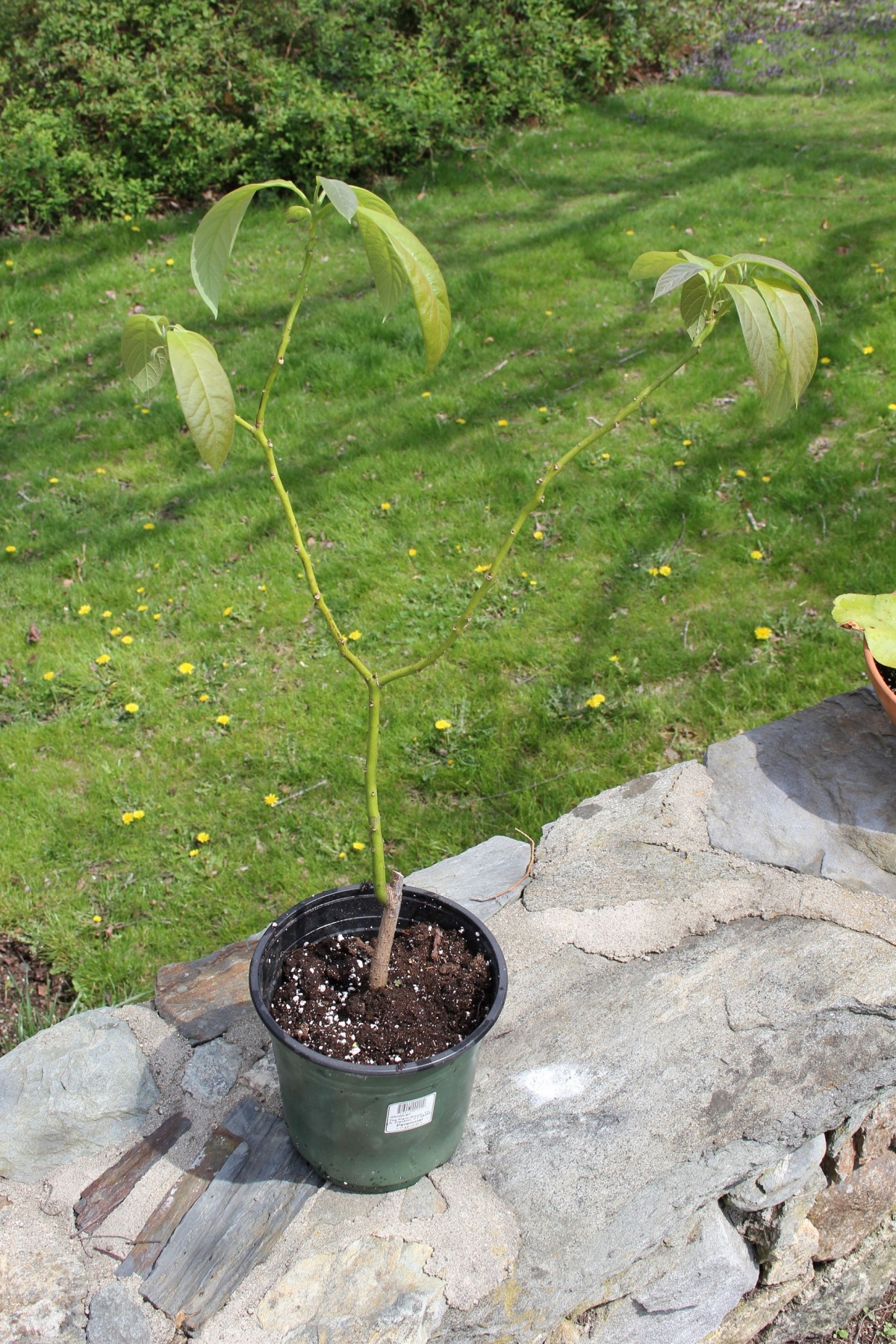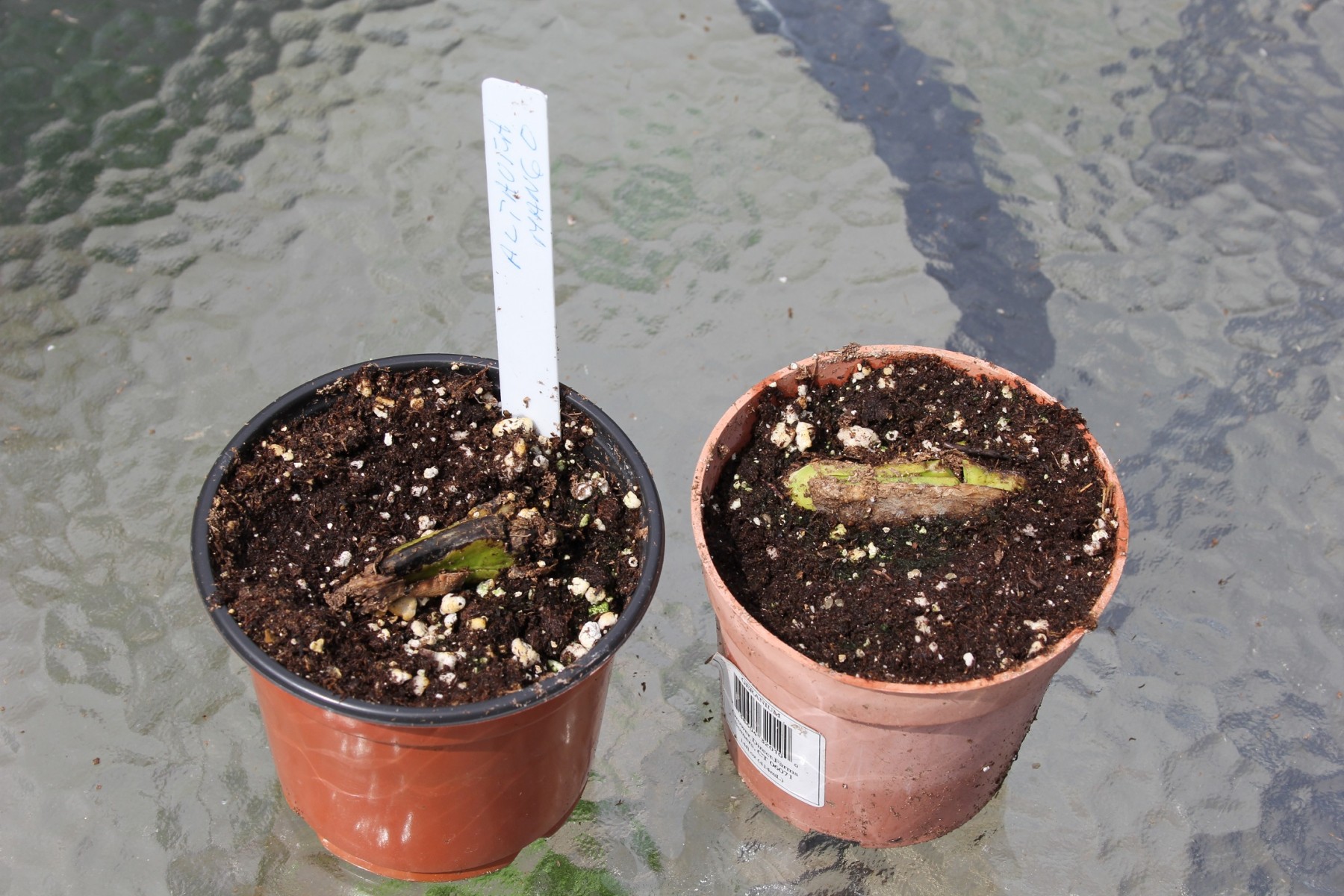
Avocados and mangos are both very popular fruits, not just for their delicious flavors and versatility, but also for their significant health benefits. Both are loaded with vitamins and powerful antioxidants, in addition to many other nutrient properties. These characteristics are among the reasons why health-conscious people are increasingly adding them to theirdiets.
Most of you probably know how to grow an avocado plant from a pit. You simply stick three toothpicks into the pit and rest the toothpicks on the rim of a water-filled glass so that the pit’s larger end just touches the water. In a few weeks, a little root begins to form, and before long, a shoot sprouts and leaves appear. When the new plant is about a foot high, pinch off the growing tip to force lateral branching if you want more than just a single thin stalk. Keep up this pinching process, and you’ll get a very bushy, attractive plant that can grow quite large.
But unfortunately, an avocado plant grown from seed is usually sterile and won’t bear fruit, even though the dried leaves are useful in Mexican cooking (although, I am told, the leaves are not as tasty as a true Mexican avocado). To obtain fruit, you need to take a bud from an avocado tree that does set fruit and graft it to the rootstock of a sterile plant that has its stalk cut down to a height of about 4-6 inches. Such grafting is not difficult and is how many greenhouse avocado trees are grown.
Unlike avocado pits, mango pits can produce fruit-bearing trees. I’m growing several Altaufo mango plants (sometimes called Champagne mangos) in my greenhouse. Starting them is easy. After all the fruit has been cleaned from the pit, let the pit dry for 24 to 36 hours to aid in gently removing the husk with a sharp knife.

I find the easiest way to do this is to cut it as if you are opening an oyster. Work from one end and gently pry off the husk. The seed inside often has a small root sprout. Plant the seed in a 4-inch pot with this sprout facing down and put the pot in a plastic bag where the temperature will stay about 70˚F. In approximately 3-6 weeks, the seed will push a root downwards and eventually send up a shoot from which leaves will be produced. The plant can be potted up as it grows. If you’re careful not to allow this tropical tree to get too cold (it does best in 70 to 80 degree temperatures), it should bear fruit in about 5-7 years.


